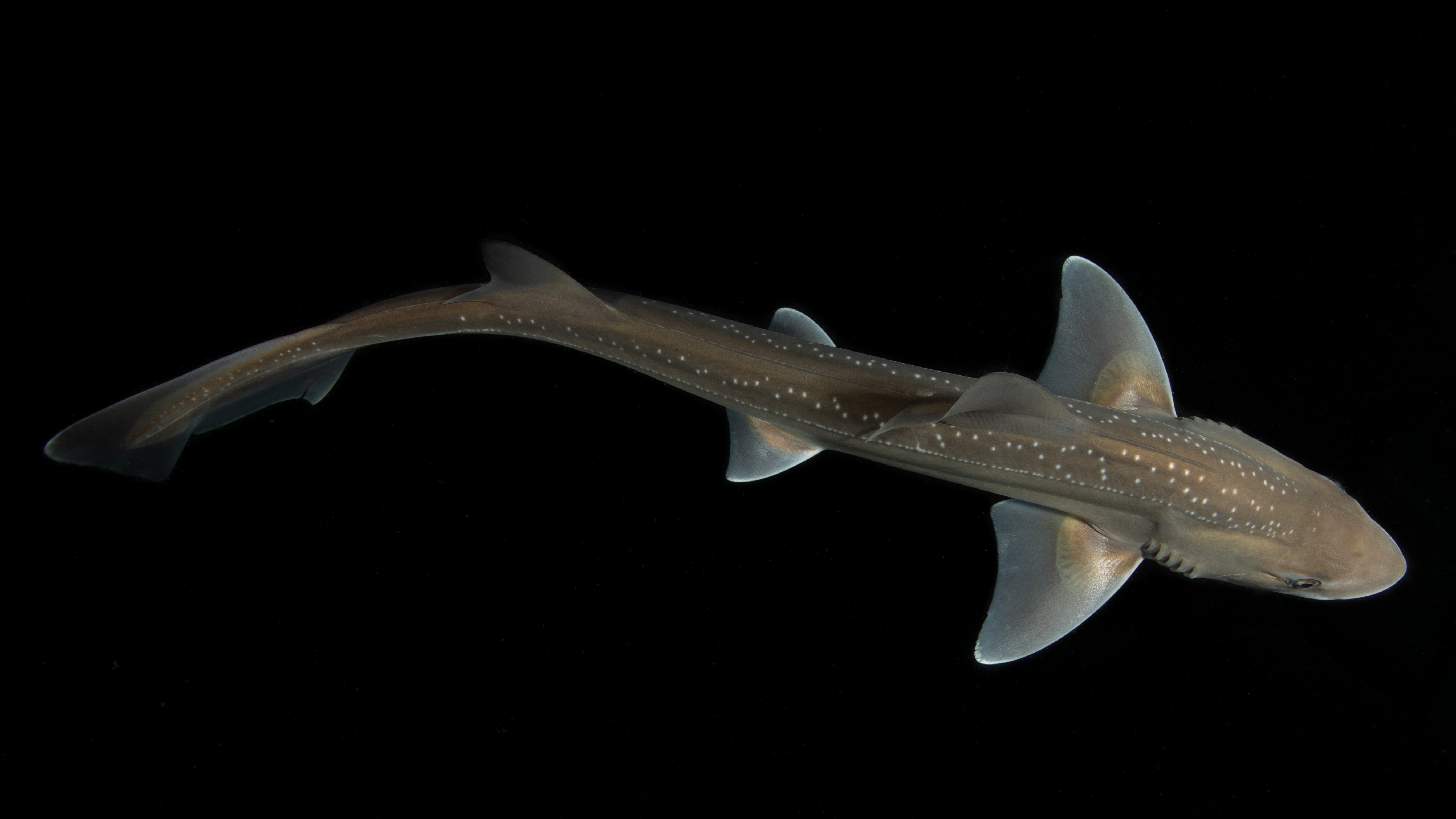Deer-Startling Device Gets a Tryout in Utah
The state of Utah is testing out a system of sound- and light-generating roadside devices that might save deer from ending up as roadkill.
Approaching headlights activate the "DeerDeter" units, which are the size of television remotes. The gadgets go on posts or trees about every 150 to 300 feet (46 to 91 meters) on rural byways.
Triggered devices emit a whistling noise that sounds somewhat like an alarmed "woodchuck when it jumps back into its hole," said Ed Mulka, project manager for DeerDeter at New Jersey-based Jafa Technologies Inc.
This sound, coupled with a tiny strobe light, is enough to "make a deer stop and go, 'what the hell is that'?" Mulka told TechNewsDaily.
To prevent local deer from becoming jaded and desensitized to DeerDeter displays, the units are programmable and can belt out new light patterns and sounds. Because headlights turn on the devices, seasonally migrating deer will be undisturbed.
Mulka said that drivers might notice DeerDeter's sound and lights if driving slowly with the windows down, but that the system is not a nuisance to people. For residential areas, Jafa also makes a higher frequency unit that keen-eared deer can hear but most humans cannot.
With this trial program, Utah's Department of Transportation (UDOT) now joins sites in New Jersey, Colorado and Austria that have adopted DeerDeter to help cut down on auto accidents involving the hoofed hazards.
Sign up for the Live Science daily newsletter now
Get the world’s most fascinating discoveries delivered straight to your inbox.
Besides just piling up the venison, deer strikes endanger drivers and bang up a lot of autos. The Insurance Institute for Highway Safety (IIHS) estimates that 1.5 million deer-car collisions happen every year, leading to some 150 human deaths and a billion dollars in vehicular damage costs.
The Rocky Mountain area is no exception. On one 30-mile (48-kilometer) stretch of Utah's Highway 191, about 300 deer carcasses stain the pavement every year.
To see if DeerDeter can reduce this slaughter, one hundred units have been deployed along a particularly grisly, 1.5-mile (2.4-kilometer) span that had a body count of 130 deer reported between 2005 and 2009.
Since the system was set up in May in Utah, there have been no reported dead deer, but it is still too early to fully gauge DeerDeter's effectiveness. As part of the evaluation, UDOT has also set up an infrared camera system to see how deer react to DeerDeter.
In Europe, DeerDeter has reduced deer collisions as much as 90 percent in some areas, according to Jafa and its Austrian partner IPTE.
Other techy methods to ward off Bambi, from high-pitched "deer whistles" on cars to headlight reflectors placed along roads, have not proved anywhere near as successful, according to the IIHS.
Solar-powered DeerDeter units, which retail for $150, do not require direct sunlight and can last in the field for several years, Mulka said.
Mulka thinks the trick to DeerDeter's success is that, much like the headlights of lethal oncoming cars, its lights and sounds are out of a deer's typical range of experience in the wild and are therefore attention grabbing.
• Adults Text While Driving Just as Much as Teenagers • PETA Insists on Robotic Groundhog Day • Gallery: Bionic Devices Let Animals Roam Again
Catquistadors: Oldest known domestic cats in the US died off Florida coast in a 1559 Spanish shipwreck
'Vaccine rejection is as old as vaccines themselves': Science historian Thomas Levenson on the history of germ theory and its deniers
Astronomers discover giant 'bridge' in space that could finally solve a violent galactic mystery










